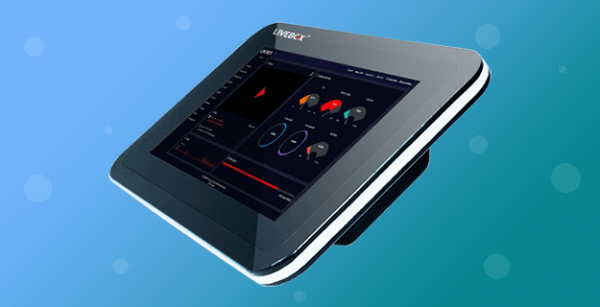

With cloud playout coming to the fore, linear TV is no longer defined by 24/7 channels only, scheduled but short-term pop-up channels around live events are gaining traction as a use case. This means that services can be deployed and accessed across different regions closer to the distribution and consumption of content, accessible usually through a web browser interface by channel operators. True cloud applications aren't tied to proprietary hardware or hosting in a specific data center. Most importantly, achieving scale, quality and security of larger public cloud providers have been unattainable even for the largest media organizations. When you factor in the costs saved on resources and maintenance over time, cloud solutions offer long-term financial benefits. Virtualized services and remote access both require additional hardware and/or specialist servers. True cloud playout requires little or no upfront investment and with competition soaring between cloud resource providers, the overall cost to users is falling. Virtualization and remote access need specialist equipment bringing additional maintenance requirements and increases the investment cost and risk. Operators can respond quickly to rapid and complex industry changes by self-managing their cloud system, without needing external input. True cloud optimizes resources to deliver efficiency, meaning broadcasters can operate large numbers of channels and feeds globally. Without the backend of cloud technology, virtualization demands substantial commitment of resources to manage applications. With no physical infrastructure, the cloud can be remotely accessed through common operating systems and is much easier to maintain. There are a few key ways that true cloud differs from the purely virtualised:Ĭloud resources encompass storage as well as networks, servers, applications, and services. But that may be as far as the similarities go.Īdditionally, some hardware manufacturers have been marketing remotely accessed, traditional playout hardware servers as “cloud playout solutions.” In reality, such an approach has little to do with the values of true cloud.
#Satellite tv channel playout software youtube twitch full
Virtualization has the same goal as cloud-to provide a way to run multiple software processes on the same hardware while ensuring that hardware is used to its full potential. One of the continuously perpetuated misconceptions in the broadcast industry has been in presenting cloud-native applications as nothing more than remotely accessed software run on a virtualized server in a data center. These rapid changes in the broadcast industry have meant that the adoption of cloud technologies for playout is inevitable.

But that may be just one component of the multifaceted side of the public cloud stack. Virtualization has been part of the cloud technological stack-providing a way to run multiple software processes on the same hardware while ensuring that hardware is used to its full potential. Whereas the giants of streaming/VOD content distribution such as Netflix and YouTube have been born in the cloud, linear TV and broadcasters operating them have been probably the last bastion of on-prem solutions. Cloud infrastructure has been a crucial part of market disruption in video distribution due to its unmatched scalability and reach.


 0 kommentar(er)
0 kommentar(er)
